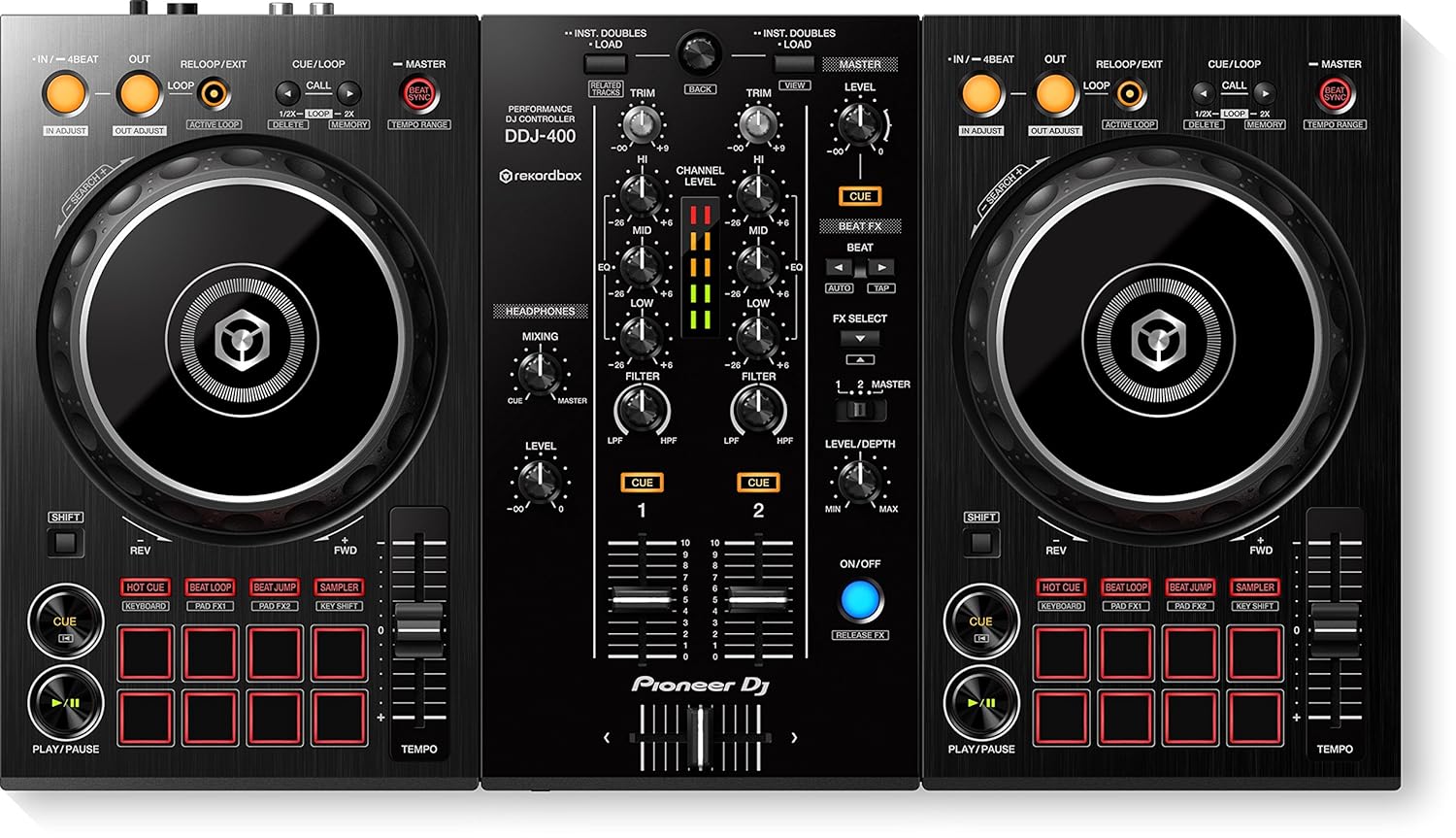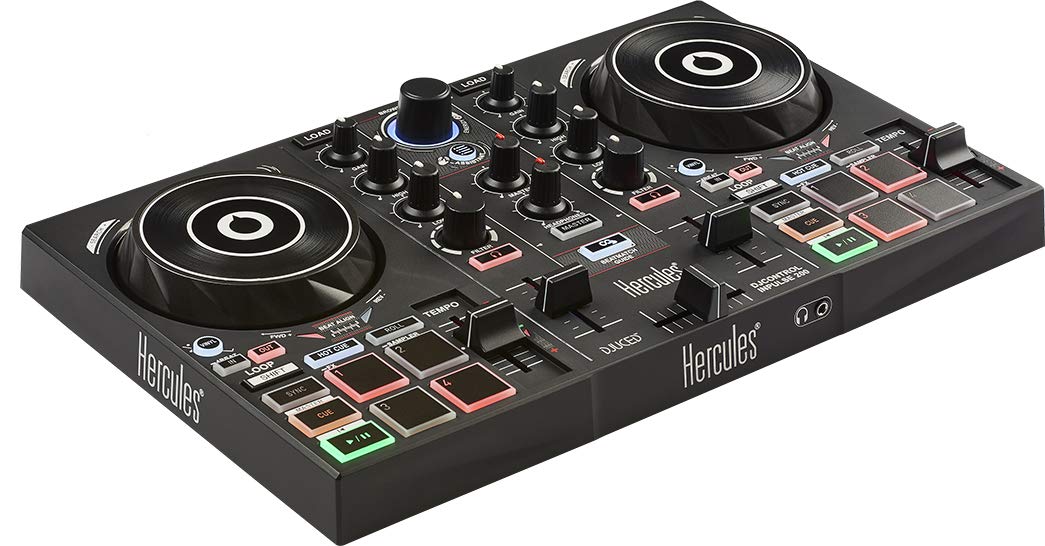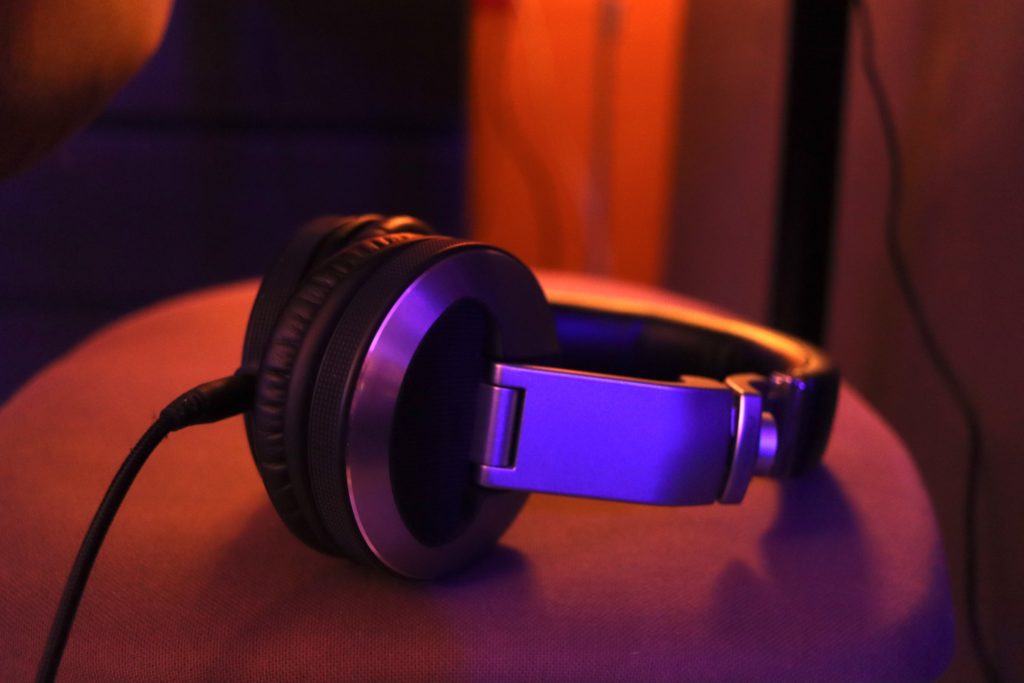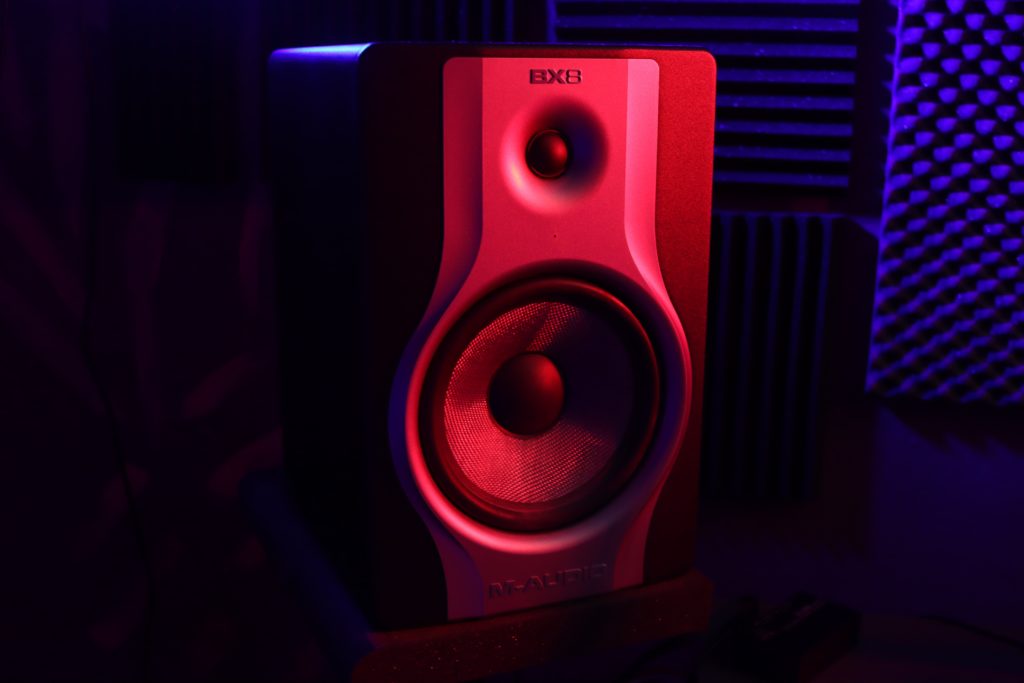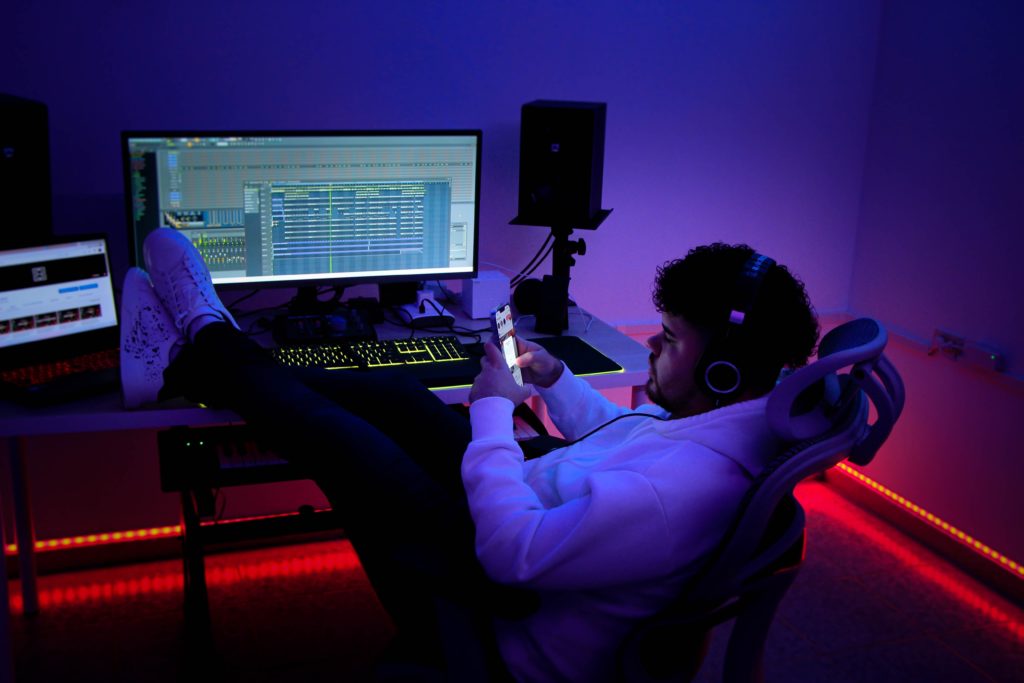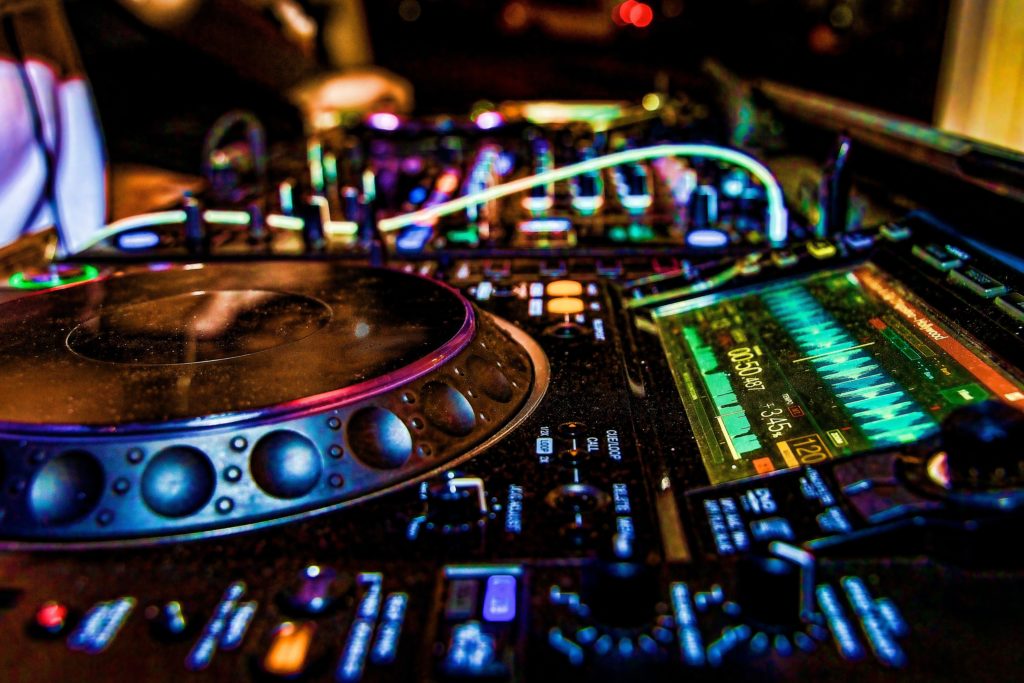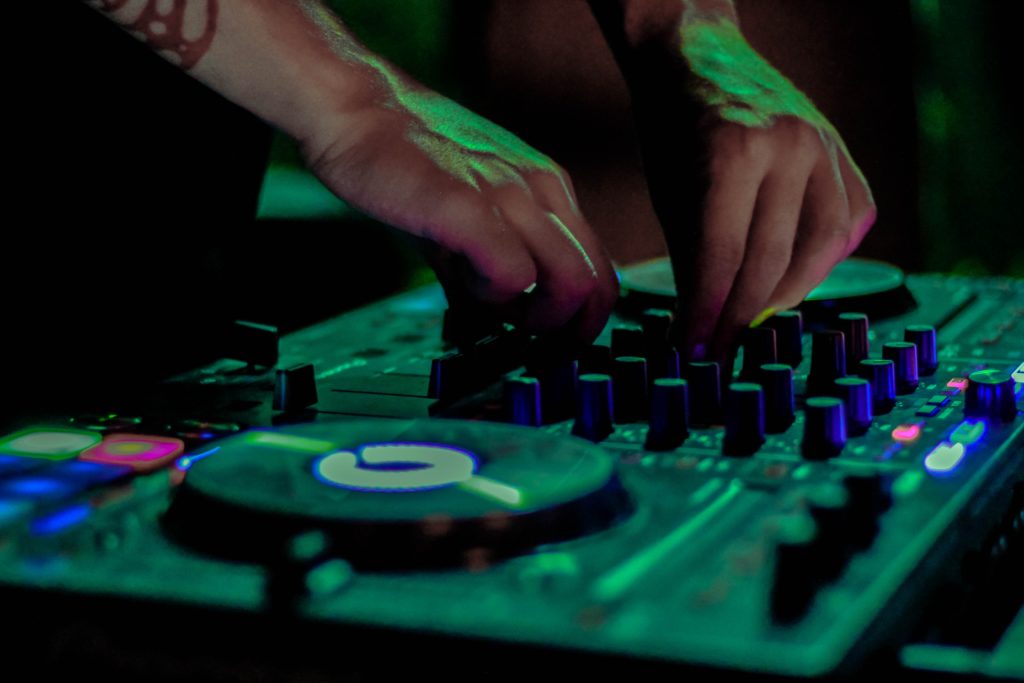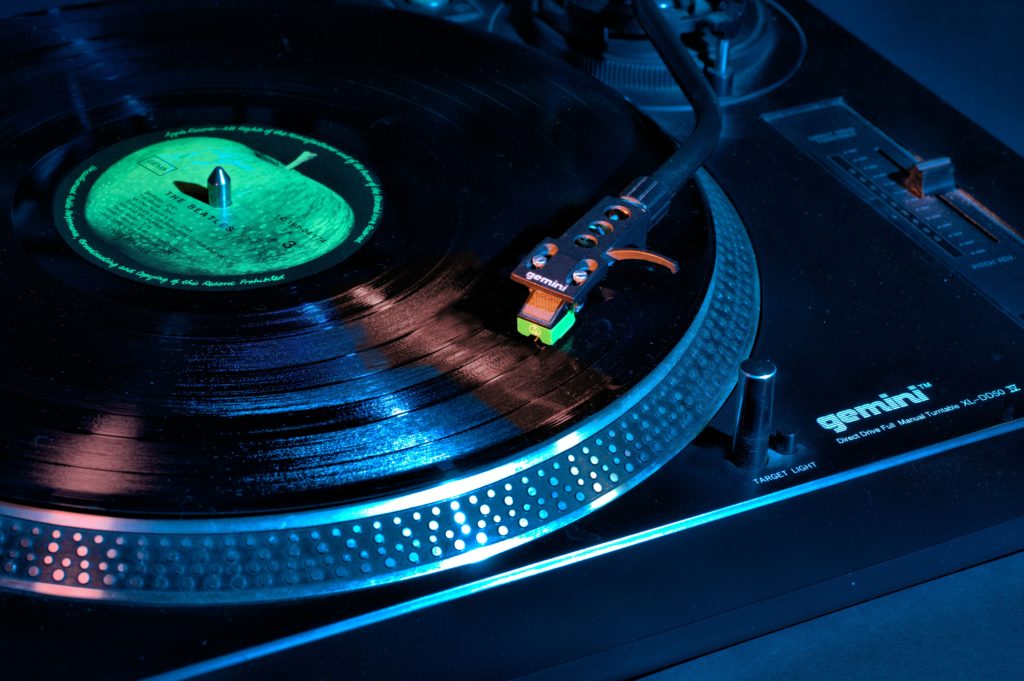Image
PRODUCT
PRODUCT DETAILS
Our #1 Rated
Pioneer DJ-DDJ-SB3
Our #1 Rated
2-Channel DJ Controller for Serato DJ Lite We’ve combined the popular features of the DDJ-SB2 with our leading Serato DJ controllers to make learning to DJ more accessible than ever.
Numark DJ2GO2
Ultra-compact DJ Control. With its compact size and light weight, the Numark DJ2GO2 is a featherweight.
Pioneer DDJ 400
Denon DJ MC4000
Numark Mixtrack Pro 3
A great solution for all entry-level DJs. Comes with multi-function backlit performance pads, dedicated channel filters and unique touchstrip FX control.
Roland DJ-202
A forward-thinking Serato DJ Intro controller that gives DJs the features and layout of a full-size professional controller in a rugged and portable unit.
Hercules DJ Controller Inpulse 200
The smaller version of the Inpulse 300. There are fewer performance pads and the EQ section is limited to a two-band EQ.
In an age where technology is constantly advancing, the struggle is real for many artists and musicians looking to invest in a new piece of gear. It’s not just discovering what to look for but also where to find it, and that’s why for any amateur or seasoned DJ, we’ve taken the time to narrow down a few suggestions for DJ controllers which could ultimately revolutionize your home mixes and live sets.
Whether your back has finally caved in from carting those 12” vinyl around all those years, or you’re just discovering the exciting world of mixing and looking for an easy and affordable way to get started – we’ve pulled together some recommendations which will cater for all tastes and preferences, regardless of skillset or expertise.
In this article, we’re going to review the following DJ controllers:
What is a DJ Controller?
Let’s start with a breakdown of what a controller actually is. A DJ controller is device which is hooked up to your computer and allows you to blend multiple tracks to create one big mashup or a long interrupted mix.
Unlike turntables or CDJs which are heavier and more expensive – DJ controllers are more basic, compact versions of their older counterparts with the added value of being much easier to set up and transport around.
They still come with the main key features of a standard player and mimic the same functionalities, only controllers have been designed as a more simplified and affordable alternative.
Some controllers do actually allow you to do more than industry standard players these days – such as create complex loops or mix up multiple tracks from one single piece of equipment. This is why so many artists and music enthusiasts are becoming more inclined to buy the “all-in-one” solution as opposed to individual players and equipment.
In this article, we’re going to outline a combination of the best DJ controllers currently on the market, which will hopefully help you spice up your mixes and take your DJing endeavors to the next level.
How to Choose
Before we go any further, it’s worth taking into account some important factors when comparing DJ controllers.
Budget
Although there are some incredibly cheap options out there, know that these aren’t always the best. If you want to play quality music, it’s always worth investing in some quality gear that’s not going to cut out on you or malfunction halfway through a set. Spending a bit more now will set you up for years of good use in the long- run, and you’ve also got peace of mind knowing there’s a warranty attached to it if something ever goes wrong.
Software
This part is extremely important because certain controllers are only compatible with certain types of software. For example, if you have Serato software installed on your laptop and then go out and by a Traktor controller – you’re probably going to kick yourself when you get home and your comp says it’s not supported.
Make sure you select a controller according to your operating system i.e. Windows, Mac, Linux (also very important), the software you’re running, and it’s compatibility with any extensions you might look to use such as an interface or standalone mixer.
Functionality
There’s no point in buying some top-of-the-range gear if you don’t even know what 2 thirds of it does. Every controller is unique and comes with a wide range of functions, including scratch plates, built-in soundcards, roll pads, extra filters, FX, and several other features which you may never use. So it pays to establish what you’ll need based on your set up and what you feel comfortable with before making any purchases.
Our Recommendation:
Pioneer are one of the most reputable manufacturers out there.
They have spent decades in perfecting their products and making them suitable for a wide-range of musicians and artists.
When they first released the DDJ series back in 2012 – they became some of the most sought-after DJ controllers on the market, and the Pioneer DJ-DDJ-SB3 is certainly no different when it comes to quality, affordability and performance.
Unlike the SB2, the latest model features an additional USB input; allowing you to connect 2 laptops simultaneously and switch between them with an A & B Library Switch.
Each of its 4 channels can be switched between Serato DJ or standard RCA inputs, and all still work when using a microphone.
On top of this: the SB3 incorporates additional features such as Pad Scratch for creating patterns and adding FX without interrupting the rhythm of the tune, FX Fade for even smoother blends, Pitch Play; allowing you to adjust the playback speed and set hotcues at a multitude of different pitches, Sound Color Effects; Jet, Echo, Filter and Noise, an upgraded Grid adjustment slide, as well additional mapping features to create your own presets, hotcues and effects.
PROS
- 4 deck mixing control
- FX Fade for smooth transitions between genres
- Unique Pad Scratch Feature can be applied to cued and playing songs
- Highly responsive and accurate jog wheels
- Plug-and-play; no need for external soundcard
- Can be mapped to third-party software such as Traktor
CONS
- Feels a bit toy-like
- Only RCA – no XLR/TRS outputs
Why we recommend: The SB3 is something which both beginners and professionals will appreciate fully – not only because of its extensive features and FX, but also its lightweight look and feel; the jog wheels are small and are handled like CDJs – but allow great scratching sessions!
The faders and knobs are all conveniently positioned on the mixer to make transitions and layering effects effortless, while the sound remains crystal-clear even with all 4 channels in use and a microphone plugged in.
The SB3 comes with Serato Lite and can be upgraded at any time to Serato DJ Pro for more advanced functions such as Slip mode, Beat Jump, extra hot cues and 8 sample buttons.
The Numark DJ2GO2 can act as the perfect solution for any DJ looking to fuse beats together on the move.
This pocket DJ controller may look small and basic, but it has many surprising qualities which will have most people giving it a second glance.
It features 2 channel inputs with 2 mini jog wheels, cross fader, pitch faders, 4 different pads for creating loops, sample playbacks, cue point mapping, built-in soundcard plus headphone output.
Not only does it fit perfectly snug on top of your laptop, it also comes with Serato Lite and is compatible with virtually any DJ software or operating system; making it the ultimate party package and perfect for when you want to mix on the fly.
PROS
- Ultra-lightweight and portable
- Built-in soundcard with master gain + headphone output
- 4 pad modes for manual looping and cue points
- Serato DJ Intro included
- Compatible with any DJ software application
CONS
- No scratch mode
- No Mic input, EQ, or FX unit
Why we recommend: Other than headphones and a small speaker, you probably won’t need much else to get the party started with this controller. It’s the perfect solution for the travelling DJ as well as the beginner, due to its quick responses for loading tunes and setting cue points, controlling the pitch, setting manual loops, and enhancing your sets through the awesome different pad modes. From our experience it produces a nice, clear-cut sound, looks stylish, and is a great way for anyone to get a feel for DJing without spending too much money.
Pioneer are at the top of the list again, only things are a bit different on the DDJ 400 compared to the SB3. There are 2 channels which are spaced more widely apart on the mixer than other Pioneer DJ controllers – which (interestingly enough) make it feel more like one of the DJM units. It also comes with 3 band EQ, dedicated effects unit with slider and switch controls, 8 performance pads, dedicated loop and memory cue buttons and sync button.
It also comes with a license key for Rekordbox; allowing you to determine the key and BPM of your tracks, as well as set hot cues and give you a better overall understanding of what tunes work – a huge benefit for beginners and those getting to know the fundamental basics of DJing.
PROS
- Lightweight and compact
- 8 performance pads
- Free Rekordbox license key
- Built-in beginner tutorial
- Very similar feel and layout to high-end Pioneer gear
CONS
- Easy to miss hitting the rubber pads
- No standard effects
Why we recommend: Other than headphones and a small speaker, you probably won’t need much else to get the party started with this controller. It’s the perfect solution for the travelling DJ as well as the beginner, due to its quick responses for loading tunes and setting cue points, controlling the pitch, setting manual loops, and enhancing your sets through the awesome different pad modes. From our experience it produces a nice, clear-cut sound, looks stylish, and is a great way for anyone to get a feel for DJing without spending too much money.
Denon may have tried to outdo Pioneer over the years, but their latest creation is definitely on a par with some of the more top entry-level DJ controllers.
It features 2 channels; each with its own robust 100mm pitch fader, a dedicated EQ panel with effects controls, 2 twin-band EQ Mic channels with audio ducking + echo effect for balancing vocals throughout mixes, 2 touch-activated platters, 4 sample control pads, independent hot cue buttons and loop performing abilities, separate master gain and VU cue meters, as well as an AUX connection for linking up to external devices or a backup source. Serato DJ Intro is also included with a 50% off voucher for Serato DJ Pro.
PROS
- Compatible with all third-party software
- Pitch fader feels like using CDJs or Technics
- Knobs allow simultaneous control over FX and separately
- 2 Mic inputs with EQ and Echo FX
- Lots of connection options including XLR ports
- 50% off coupon for Serato DJ Pro
CONS
- Requires a laptop connection
- No slicer mode on the performance pads
Why we recommend: We were big fans of the MC3000, and the MC4000 certainly didn’t disappoint us either. It’s sleek-looking and well-built, but also lightweight and easily portable with multiple inputs/outputs – so you probably won’t need a big setup. The 100mm faders are fantastic for getting to grips with beat matching and enabling the user to make more precise and accurate pitch adjustments. The fact that you can manually map the controller to most applications (other than Serato) is also huge plus, while the 24-bit integrated soundcard takes listening pleasure to completely new heights.
Say hello to the third instalment of the Numark Mixtrack Pro series – the Pro 3!
If you’ve had a chance to toy with the Numark Pro II, you’ll be pleased to know the latest edition features the same sleek, high-quality design as its ancestor, only with a few additional features which truly pack a punch.
2 channels with pitch adjusters, samples and hot cues, loops modes, touch-sensitive platters for scratching and stop/starting tracks, 3-band EQ, 16 backlit multi-function performance pads, 16 effects controls, and a unique and classy FX touch strip giving you more control, as well as easier navigation of tracks.
PROS
- No external audio interface needed
- Multi-function FX touch strip and easy track navigation
- 16 multi-function backlit performance pads
- 6 Prime Loop sample packs included
- Compatible with PC and MAC
- Touch-activated platters for stop/starting tracks
CONS
- Dry/wet settings for effects need to be changed manually via the touch strip
- Only 1 RCA master output
Why we recommend: Though we can pretty much vouch for all Numark products, this controller stood out for us in particular due to its suitability for beginners.
The mixer is solid, but not coated with too many fancy and overwhelming features, while the FX strip and multi-function performance pads offer a more advanced scope of options for those above the basic level.
The FX touch strip also allows the user to quickly navigate tracks and consolidate MIDI samples through the USB port, and touch-sensitive platter units coupled with Virtual DJ LE software make excellent starting points for any DJ wanting to learn the art of scratching.
If you’re familiar with Roland products, you’ll know these guys don’t mess about when it comes to churning out the highest-quality software and hardware.
The DJ-202 is based on the concept of the DJ-505 and DJ-808 with the ability to perform remixes and produce beats in a live setting.
It features 2 channels with 2 large, low-latency platters and the capacity for 4 deck mixes, Serato DJ Lite software with a real-time sampler for sequencing and output for syncing MIDI-supported devices, 16 multi-function pads and dedicated transport controls, plus additional vocal FX with noise gate and low-cut equalizer built in.
PROS
- Built in drum machine samples from TR-707, TR-606, TR-707, TR-808 and TR-909
- 16 touch sensitive multi-function pads
- Low latency jog wheels for authentic scratching
- Ability to create live remixes and beats
- Same sturdiness and quality as old school Roland products
CONS
- Lacks some of the classic samples such as cowbells
- Installing updates for Serato is a bit long-winded
Why we recommend: If you’re looking to take your artistry to the next level, this controller has pretty much got you covered. A tender blend of archaism and modernity – the Roland DJ-202 is packed with an entire library of features and functions to get any dancefloor pumping.
Our favorite aspects of this DJ controller are the incorporation of Roland’s legendary drum machine samples from the TR series, as well as the fluid movements of the platters which make scratching an absolute breeze. The fact that you can create live mashups and remixes is also a very attractive selling point for producers as well as DJs.
The Hercules Inpulse 200 features 2 channels with sturdy jog wheels which cater for both CDJ mode and vinyl mode to help DJs hone their scratching abilities.
There are 16 unique performance pads; Toneplay, Slicer, Roll, Hot Cue + more, 3 EQ levels, filter, gain function; volume faders, a cross fader, and a VU meter for each deck attached to the master VU output – all of which use light indicators to help you engineer your set more creatively and select the right tracks. On top of a very reasonable price, it’s lightweight feel and fast responses make transitioning between tunes easy and fun, while still maintaining that quality sound that even some of the more expensive controllers struggle to achieve.
PROS
- Light and compact
- Excellent range of FX
- Beat Match guide and Intelligent Music Assistant
- DJUCED software suggests tunes based on similar style and energy
- Slip and vinyl modes for scratching
CONS
- Looks a bit like a toy
- Requires an internet connection to download the DJUCED app
Why we recommend: The Hercules Inpulse 200 is a budget-friendly controller with an awesome range of features – perfect for those who are looking to explore the world of DJing. The smart yet simplistic design, coupled with the Intelligent Music Assistance Feature acts as a useful tool for anyone needing a bit of guidance or inspiration for mixing ideas. After messing with it for 4 hours straight, we came to conclude that the Hercules Inpulse 200 could be considered one of the most advanced, affordable and delightfully beginner-friendly DJ controllers out there.
Conclusion
There are tons of highly reputable beginner and pro-friendly DJ controllers out there, but the SB3 definitely takes the top spot for us. It’s durability of being able to switch between 2 laptops, play up to 4 tunes at once, and its truly remarkable set of FX controls made it an absolute joy to play on compared to the others we tested. The fact that it’s very reasonably priced for the extent of features you get, coupled with its compatibility with several third-party software applications and built-in soundcard – are also big benefits for both beginner and mobile DJs, and is something which not all of the other controllers accounted for.
But all in all…
It pays to do your research before making any kind of investment. With the DJ controllers listed above, you’ll be able to mix songs, match beats and create live mashups from the very get-go, all without breaking the bank or giving your back and shoulders a hard time! Each product is unique in its own way; whether you find yourself more pulled towards the FX units, juggling 4 tracks at once, or scratching your way to becoming the next DMC champion – a DJ controller is a fantastic way to kick-start your music career, and acts as a great practice tool for veterans who are already well integrated into the exciting world of DJing.




